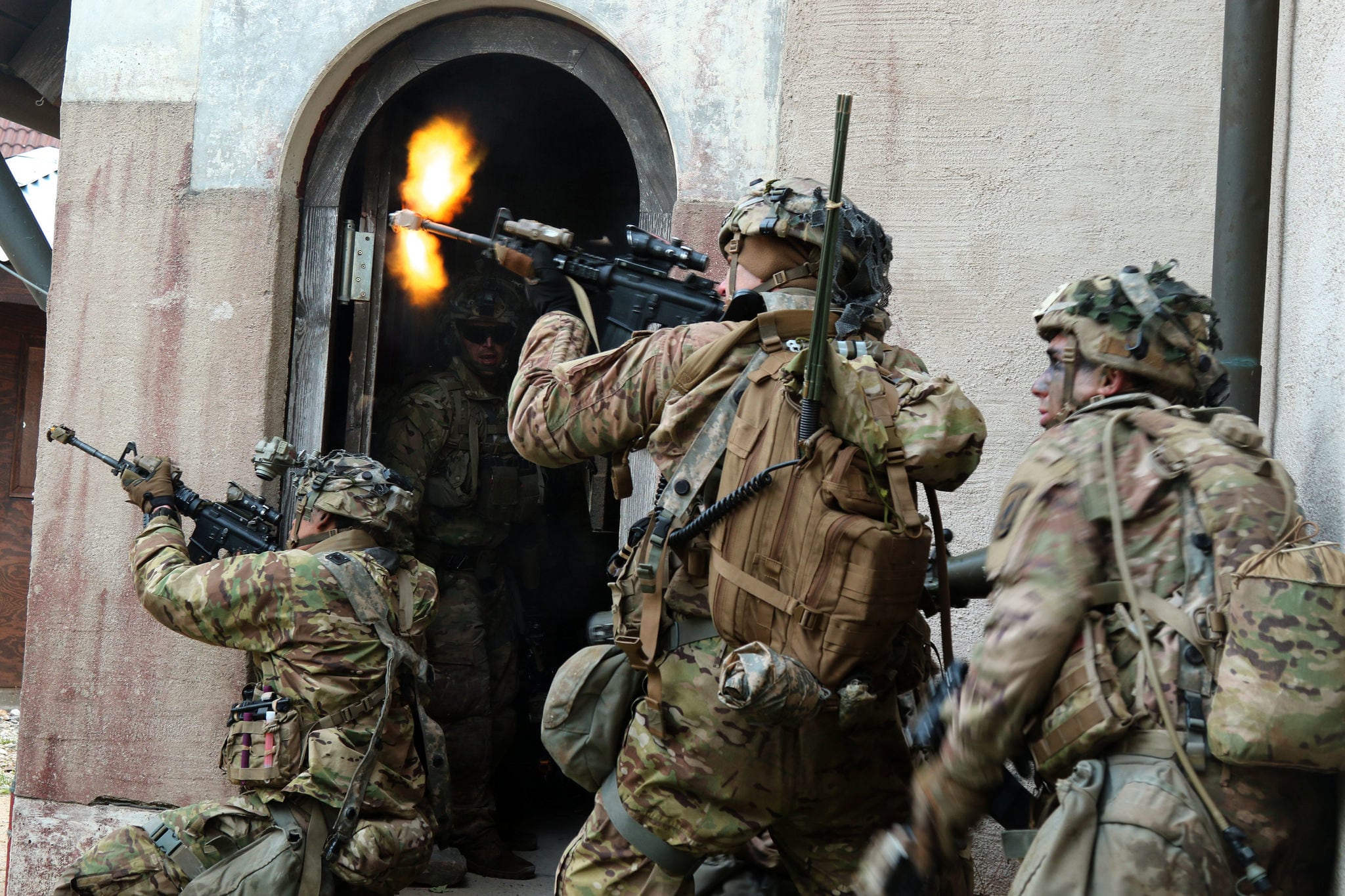The Army has trimmed down its non-deployable soldiers from about 16 percent 18 months ago to roughly 5 percent today, as well as more than doubled the number of brigade combat teams at the highest level of personnel readiness, according to the Army’s deputy chief of staff for personnel.
More than a year ago, the 84 percent of soldiers who could deploy were forced to fill the gap left by the 16 percent of troops who were non-deployable.
“Doesn’t sound like much, but out of a million-strong Army, that’s a 160,000 people who can’t get on a plane to go," Army Lt. Gen. Thomas Seamands said at an AUSA event Tuesday.
The biggest change was implemented across the Defense Department in November, when the Pentagon’s “deploy or get out” policy was put in place. The policy said that if a service member is non-deployable for a period of 12 months or more, they’re subject to being separated from the armed forces.
In effect, the policy made deployability a condition of employment.
The policy had immediate effect on individual soldiers, encouraging them to shed physical training waivers that were unnecessary, and the secondary benefits have been "cascading across our formations,” according to Seamands.
“If you go back 18 months ago, we had about 10 of our BCTs at the highest level of personnel readiness," Seamands said. “Now it’s about 25 or 26 at the highest level.”
“The policy is part of it, but I give more credit to the commanders, command sergeant majors and first sergeants out there who are encouraging the soldiers," he added.
RELATED

Before the “deploy or get out” policy was even put in place, Seamands started noticing a change in force disposition just by announcing the incoming measure. He used as an example a conversation he had with a sergeant major before the November implementation.
“He said, ‘you know your policy is working,’” Seamands said. “He said, ‘sir, this time last year, I had 74 permanently non-deployable soldiers in my formation. The same 74 are still here and only 15 are non-deployable.’”
When soldiers were told they would be booted if they were non-deployable, “a lot of them figured out how to do PT," Seamands added.
There are still soldiers who were and are non-deployable for legitimate reasons, but others found ways to get deployable before the policy even took effect. For example, soldiers were considered non-deployable if they were on a temporary profile for 14 days or less.
Some of those injuries, like a twisted ankle, would heal quickly, and so commanders now “have a lot more say” in determining their status because “they see those soldiers on a regular basis," Seamands said.
At this point, the level of non-deployable soldiers has dropped to probably the lowest the Army can get it to.
“We think that about 5 percent — we’re at about 5.4, 5.5 now — is about as low as we’re going to get,” Seamands said.
As previously reported, there are still exceptions to the policy, such as pregnancy. Medical boards review wounded personnel, and the services retain the ability to grant exceptions to wounded warriors.
Kyle Rempfer was an editor and reporter who has covered combat operations, criminal cases, foreign military assistance and training accidents. Before entering journalism, Kyle served in U.S. Air Force Special Tactics and deployed in 2014 to Paktika Province, Afghanistan, and Baghdad, Iraq.





